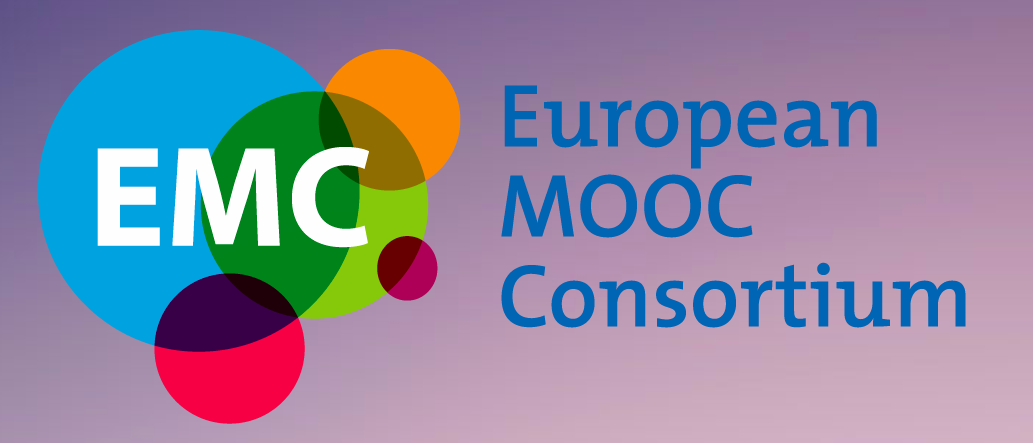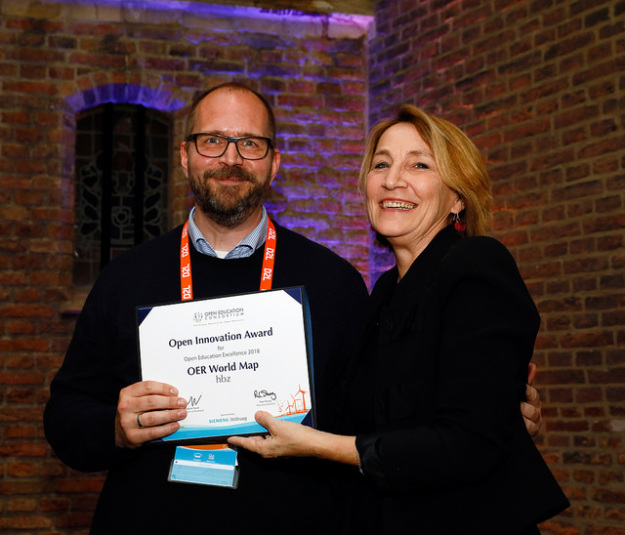(reblogged from Martin’s blog)
I’m pretty sure I’m the first person to ever use the iceberg analogy…
I’ve been pondering ways of thinking about open education awareness, and OER usage that might help shape OER policy. So here’s one I want to try out.
Open education in general, and OERs specifically, form a basis from which many other practices benefit, but often practitioners in those areas are unaware of OERs explicitly. It is likely that these secondary and tertiary levels of OER awareness represent a far greater audience, than the primary “OER-aware” one, so one can view the sizes of these audiences like the metaphorical iceberg, with increasing size as we push into these unseen areas. The three groups of OER usage I see are:
Primary OER usage – this group is “OER aware”, in that the term itself will have meaning for them, they are engaged with issues around open education, are aware of open licences and are often advocates for OERs. This group has often been the focus of OER funding, conferences and research, with the focus on growing the ranks of this audience.
Example: Community college teacher who adopts, and contributes to open textbooks
Secondary OER usage – this group may have some awareness of OERs, or open licences, but they have a pragmatic approach to them. OERs are of secondary interest to their primary task, usually teaching. OERs (and openness in general) can be seen as the substratum which allows some of their practice to flourish, but they are not aware, or interested in open education itself, rather in their own area, and therefore OERs are only of interest to the extent that they facilitate innovation or efficiency in this.
Example: Flipped learning teacher who uses Khan academy, TED talks and some MERLOT OERs in their teaching.
Tertiary OER usage – this group will use OERs amongst a mix of other media and often not differentiate between them. Awareness of licences is low and not a priority. OERs are a ‘nice to have’ option but not essential, and users are often largely consuming rather than creating and sharing.
Example: A student studying at university who uses iTunes U materials to supplement their taught material.
David Wiley has talked of Dark Reuse, that is whether reuse is happening in places we can’t observe, analogous to dark matter, or it simply isn’t happening much at all. He poses the challenge to the OER movement about its aims:
“If our goal is catalyzing and facilitating significant amounts of reuse and adaptation of materials, we seem to be failing. …
If our goal is to create fantastically popular websites loaded with free content visited by millions of people each month, who find great value in the content but never adapt or remix it, then we’re doing fairly well.”
By considering these three levels of OER engagement, it is possible to see how both elements of Wiley’s goals are realisable. The main focus of OER initiatives has often been the primary OER usage group. Here OERs are created and there are OER advocacy missions. For example, Joanna Wild suggests three levels of engagement for HE staff that progress from piecemeal to strategic to embedded use of OER. The implicit assumption is that one should encourage progression through these levels, that is, the route to success for OERs is to increase the population of the primary OER group.
Whilst this is undoubtedly a good thing to do (assuming one believes in the benefits of OERs), it may not be the only approach. Another approach may be to increase penetration of OERs into the secondary and tertiary levels. Awareness of OER repositories was very low amongst this group, compared with resources such as the Khan Academy or TED. The focus on improving uptake for these groups is then to increase visibility, search engine optimisation and convenience of the resources themselves, without knowledge of open education. This might be realised through creating a trusted brand to compete with resources such as TED.
There is evidence that openness has a virus like quality, in that once people are exposed to it, awareness grows and they seek opportunities to expand open practice in other areas. If this is the case, then emphasising effort on this initial exposure should be a high priority for funders in the OER world.






Leave A Comment